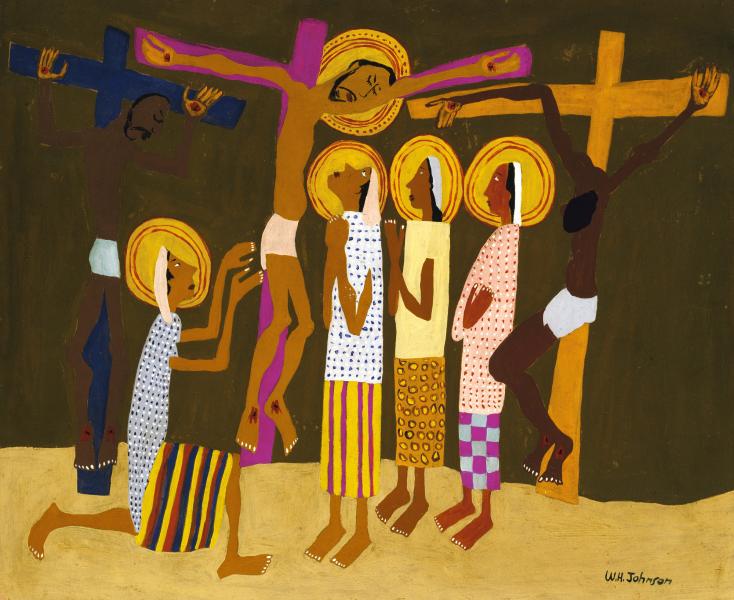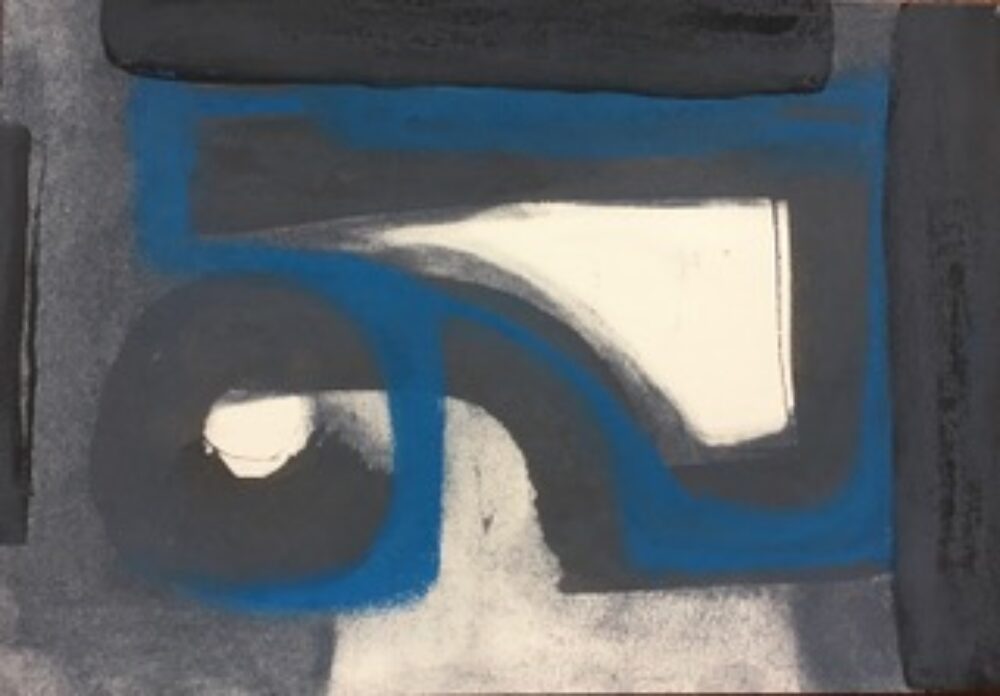The Teeming Others
So, according to modern science, “race” is not a fact of nature or in Appiah’s terms a “rational” category. Why then does “race” persist in our discourse and our view of the human world? It persists because “race” is a cognitive activity. The notion of “race” allows us to believe that superficial aspects of our appearance are markers of innate differences that are invisible. “Race” does not exist but racial thinking does.
Among the
Asante, everybody agrees (indeed, it goes without saying) that the material
world is affected by spirits. Spirits are forces in life just as much as
“natural causes”. Unusual, inconvenient and bad things happen to people. The “why” of how things happen and the way
things happen can be attributed to agents or forces whose motives are as
manifold as they are invisible. Why did I
get sick? Why did my car break down when it did? Why are my tomatoes blighted?
Somebody invoked the spirits against me.
Invisible causal forces are amazingly flexible and convenient explanations. What evidence can be mustered that says an event wasn’t the result of witchcraft? If I am informed that I overwatered my tomatoes, I may choose to conclude that the strange people down the street may not have put a curse on my tomatoes…this time anyway. The unseen workings of unseen forces have no problem accommodating disconfirming evidence….exceptions always prove the rule! As with the Inquisition, whether torture exonerated the accused or not, the validity of the witch hunt was always upheld. Among the Americans, everybody agrees (indeed, it goes without saying) that humanity is divided into “races”. Though there are some visual clues as to membership in a “race”, “race” is also a realm wherein invisible “natural” attributes and motives reside and thereby explain history and the current social world. The race I identify with is kind of like my family writ large. Those other races are indolent, dull, miserly, profligate, hot headed, intemperate, crafty, greedy…fill in the blanks as you need.
“Identity helps us comprehend the formation of that perilous pronoun “we” and to reckon with the patterns of inclusion and exclusion it cannot help creating.” The strange people down the street who might have cursed my tomatoes remind us that other “races” are groups of people who play roles in our social lives that we may view negatively.
Take the situation of the long term residents of Boise Idaho; they don’t like what is happening to their city. It is growing too fast. Traffic is bad. Rents and the prices of houses are skyrocketing. It is widely perceived that this is due to the influx of Californians. Recently a young man who has lived in Boise for years, who was a star on the venerated Boise State football team found a note on his car telling him to “go home”. Recruited to Boise State out of his California high school, he still had California license plates. It is inconvenient that these acquisitive invaders fouling Boise don’t have phenotypic differences to mark them; they only have license plates.
At one level, “race” is merely a category we employ to classify people so that we can make generalizations about them. Unlike license plates, racial markers are neither fungible nor elective. They are either indelible (i.e. skin tone) or they are invisible. In 1892 , Homer Plessy, who presented as “white” was arrested for riding in a “white” only rail car. In appealing his conviction, his counsel argued that since Plessy looked like a “white” man, he should not be convicted. For the Supreme Court, however, the fact that Plessy was an “octaroon” (a creature with some amount of black blood) meant that he was not of the “white” race and the Court did not want to enforce “a commingling of the two races upon terms unsatisfactory to either”. On the flip side, you can present yourself as “black” like Rachel Dolezal but to do so is shockingly fraudulent (not to mention unfathomable…why would you “trade down” from being “white” to being “black”?).
Though we might want to think of Californians as a teeming, acquisitive, insensitive horde we don’t view them as “related” to each other in any biological sense.




